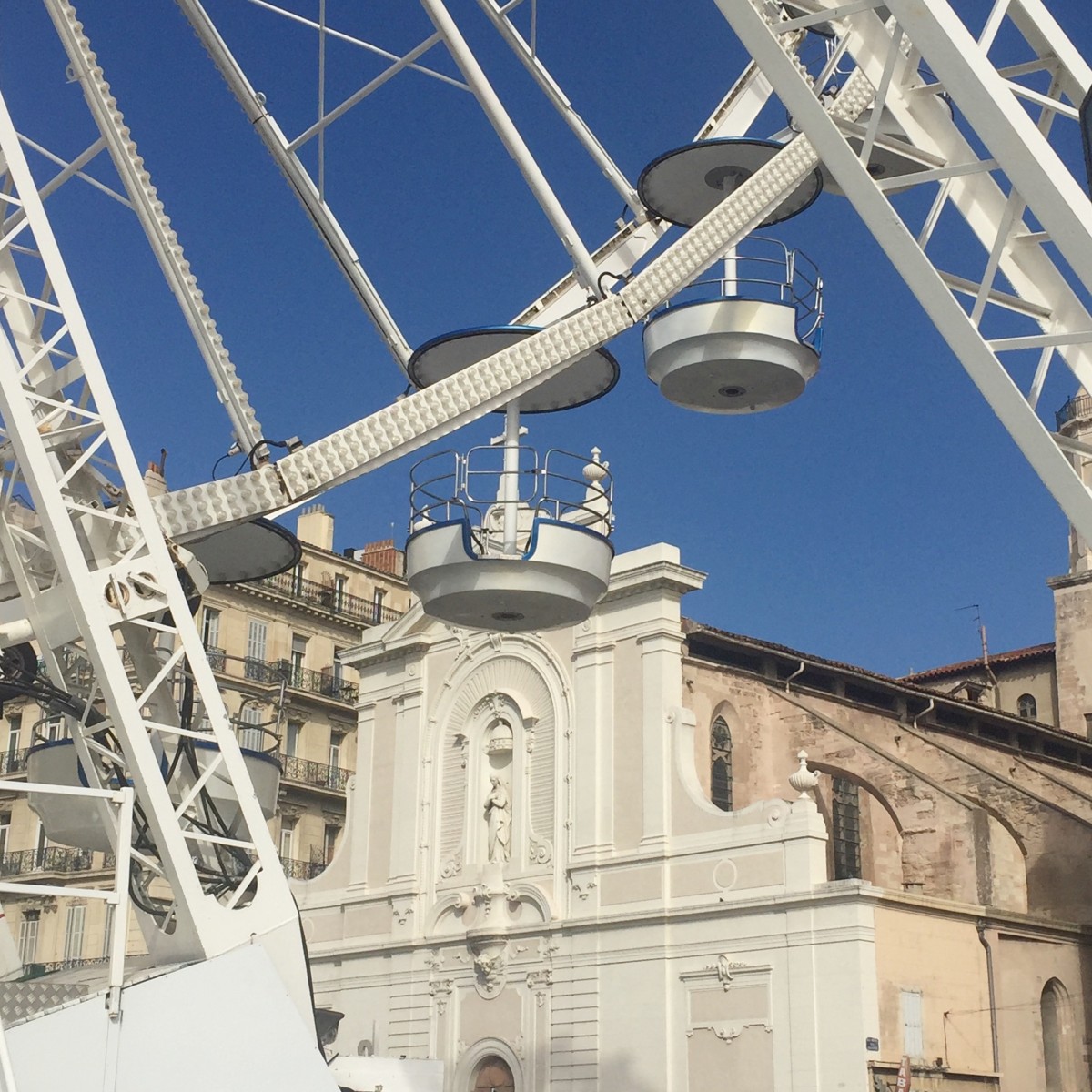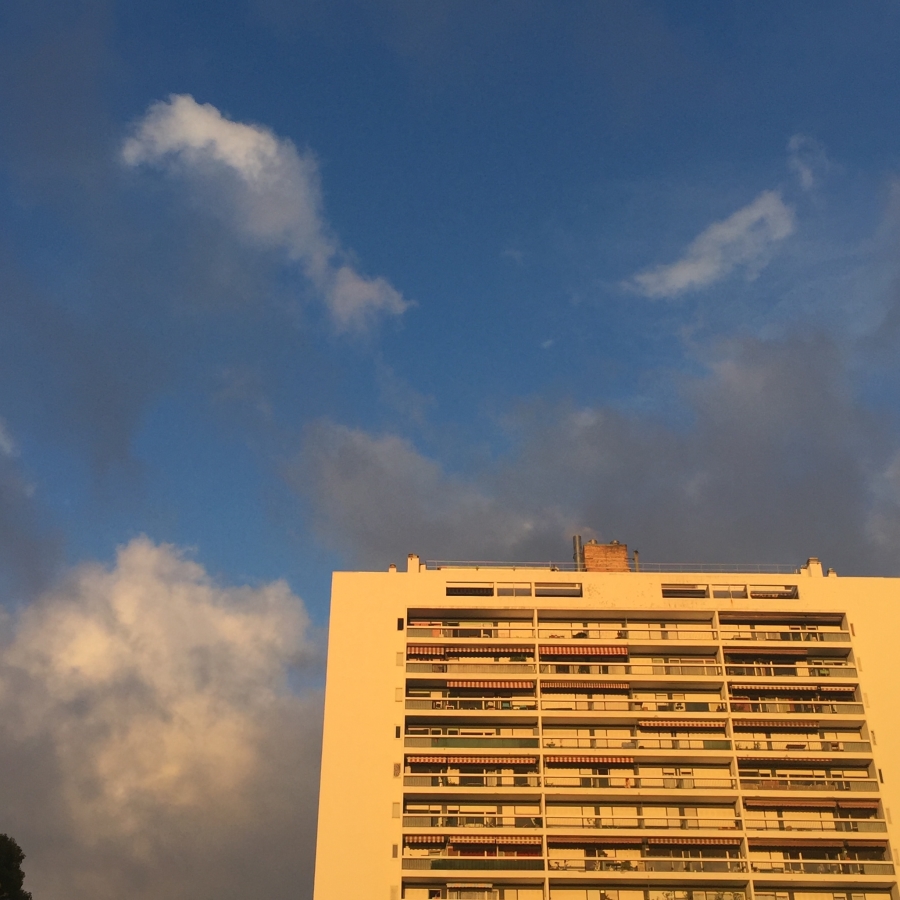
Walking through the streets of Marseille it is hard to not feel the fierce independent nature the city is notorious for. Though the second largest city in France Marseille is often snubbed as being dirty and lacking in amenities. The oldest city in France, originally given the name Massalia was founded in 600BC as the countries first Greek settlement. The city was absorbed into the roman empire in 100BC and with it
came a boom that lasted several centuries, until Marseille was ravaged by bubonic plague in the 13th and 14th centuries (and eventually the 16th century). In 1481 Marseille was united with Provence and became part of France, but not without losing the city’s independent and rebellious character.
In Marseille, sprinkled heavily between the traditional french restaurants of the city are a wide variety of global cuisines. One of Marseille’s most popular dishes (even before the famous bouillabaisse!) is pizza, and its not surprising consider the proximity to the border and the fact that approximately a quarter of marseille’s population is of italian heritage. Aside from the Italian influence Marseilles position as Europe’s doorway to Maghreb and the middle east has resulted in large immigrations from the regions and an undeniable influence on Marseille’s cuisine, where you often find spices like saffron and heavy use of olive oil which are both customarily used across the Mediterranean but less frequently in other regions of France where butter and heavy creams reign supreme.
For centuries Marseille has been a city that exists separately from the social and cultural codes that dominate in the rest of France. With major

Photo by: Chloé Landrieu Murphy
waves of immigration from Italy, Armenia, Turkey, Corsica, China, Vietnam and the Comoros and one third of the city being muslim, Marseille remains a patchwork sprawl of rich and poor neighborhoods, a compelling mess of sun and chaos. Unlike cities like Lyon and Paris where poor immigrant populations live primarily in the suburbs and outer limits of the city, Marseille’s immigrant population is woven into the cities streets and histories, creating its own dialect and an undeniable sense of communal identity.